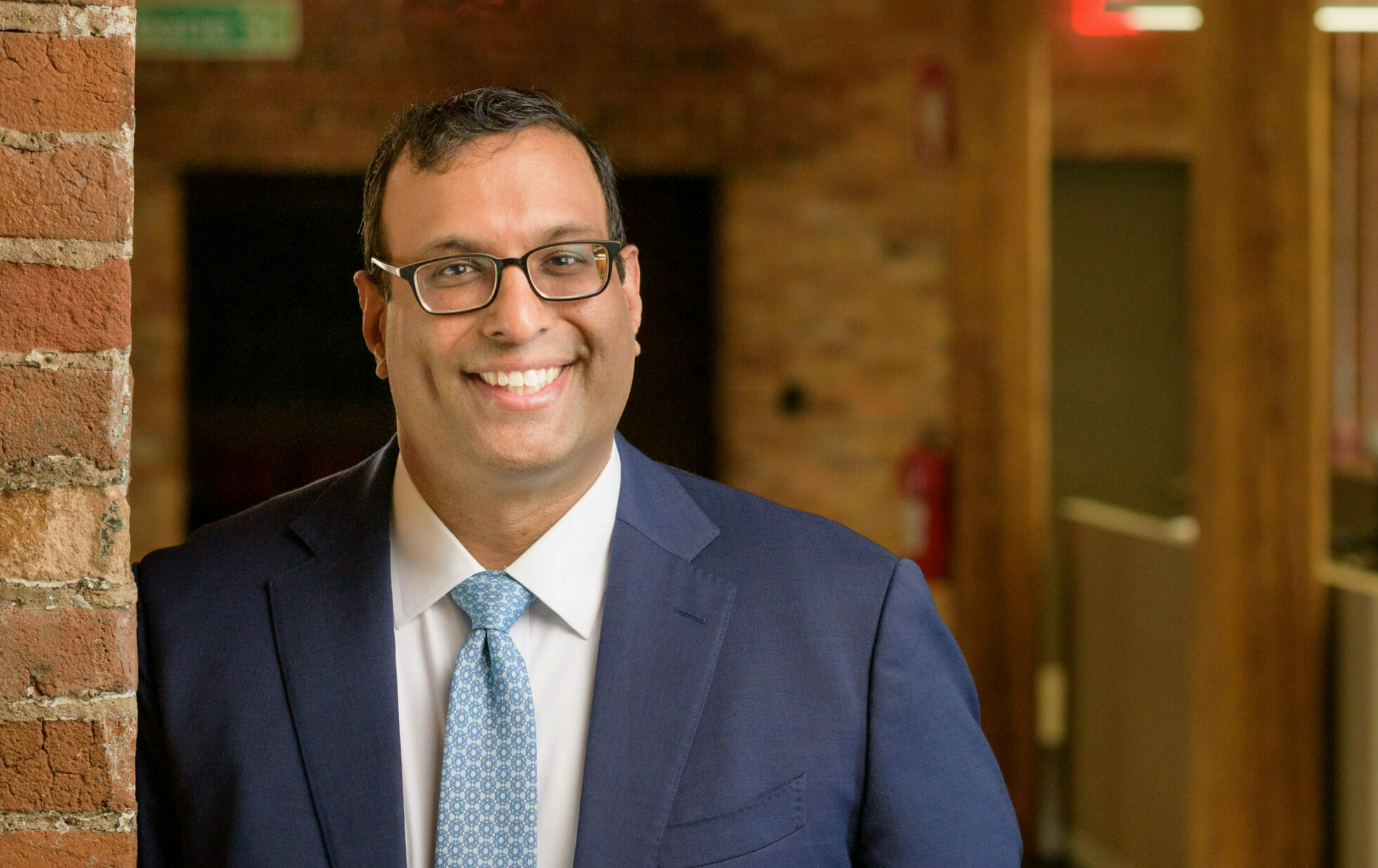Sanyin Siang considers the human side of technology.
Digital technology has played a significant role in our lives since the pandemic upended our plans for 2020. Our interactions with other human beings have primarily been through machines. My kids are learning in virtual classrooms. We are celebrating major holidays through online gatherings. I am engaging one-on-one with my students, clients and colleagues – even speaking to mass audiences – through my laptop at home. From children to centenarians, we have all upped our digital competency over the past year.
Technology is more integral to our daily lives than it has ever been. But is it serving us as well as it might? Whether it’s augmenting communications and breaking down geographical barriers, facilitating access to education or healthcare, or creating time and space for us to engage in joyful pursuits, the goal of technological progress is to help human beings. To effectively develop and leverage digital technology’s powers, we need to double down on that which makes us human.
Anthem, one of the world’s largest healthcare insurance companies, recently brought me in as a thought leader and advisor to help them do just that. Anthem is revolutionizing the healthcare industry by asking questions about what it means to innovate through technology with a people-first mindset. They’re answering these questions through two programmes in which they partner with start-ups and entrepreneurs to solve problems and scale solutions: the Anthem Digital Incubator (ADI), and the Fast Track to Scale Accelerator.
Innovating through technology is uniquely challenging in the highly regulated healthcare sector. The expense of risk often comes at the cost of innovation. Kate Merton, staff vice president of digital care delivery, says that the ADI’s mission is to serve Anthem’s consumers – but it’s also to make sure that the entrepreneurs are able to build a sense of community when, perhaps, it might not otherwise be possible. Anthem understands that to achieve their goals, they need to invest in developing the people involved. The digital innovation group brought me in to help unleash team members’ ‘superpowers’ – their unique gifts – and build their leadership and team-building capabilities, enabling them to be more effective mentors and leaders.
For any organization engaged in digital transformation, several questions should be brought to the fore. How do we innovate through digital technology and keep people first? How do we resist the temptation to innovate for innovation’s sake, rather than for the sake of humanity? How do we avoid ethical pitfalls and manage the risks of new technology? The short answer to these complicated questions is that we need to build out the human infrastructure. Technology cannot function independently of human considerations. To achieve its mission of serving consumers, technology must be buffered and buttressed by a human and humane infrastructure in its very conception and creation.
Technology might be able to think for itself nowadays, but it does so using algorithms defined by humans. Technology is agnostic when it comes to care and compassion: those are human qualities that humans build into the algorithms. At its best, technology’s real power is that it buys us more time to be uniquely creative, to think, to care. We should maximize the use of digital technology precisely in those ways that are most human so that we can double down on our own humanity.
When harvesting the powers of digital technology, keeping this human truth at the forefront of our minds is imperative.




